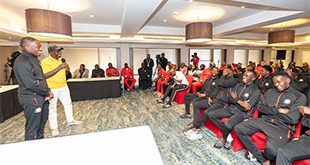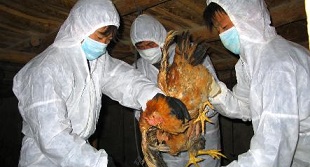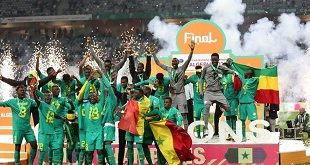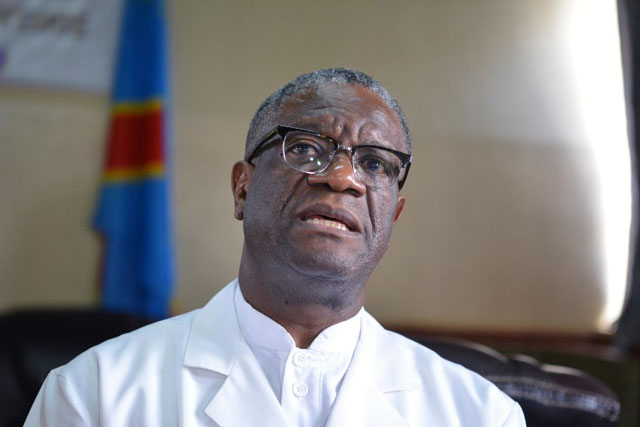
Goma, DR Congo | AFP | The Democratic Republic of Congo’s region of Kivu, where 2018 Nobel Peace Prize winner doctor Denis Mukwege is based, has been caught up in conflict and war for 24 years.
The fighting inflicts on Kivu — which is divided into North and South provinces — near-daily killings, rape, mutilations and other atrocities, with scores of militia in the field.
Here is some background about the battleground on the DRC’s unstable eastern border with Burundi, Rwanda, Tanzania and Uganda.
– 24 years of conflict –
Bigger than Portugal, the region spiralled into catastrophe in 1994 when the genocidal killings in Rwanda sent a flood of ethnic Tutsis, the main targets of the rampage, across the border into Kivu.
They were followed by tens of thousands of members of Rwanda’s Hutu group after their leaders were ousted from power a few weeks later by Tutsis.
This made the Kivu provinces home to militias from both groups, along with large numbers of refugees.
Mobutu Sese Seko, the DR Congo ruler from 1966 to 1997, played the nationalist card in the 1980s to turn residents of Kivu against Rwandan immigrants.
It resulted in two wars that began in the Kivu region and shook the whole of vast DR Congo between 1996 and 1997 and then again from 1998 to 2003.
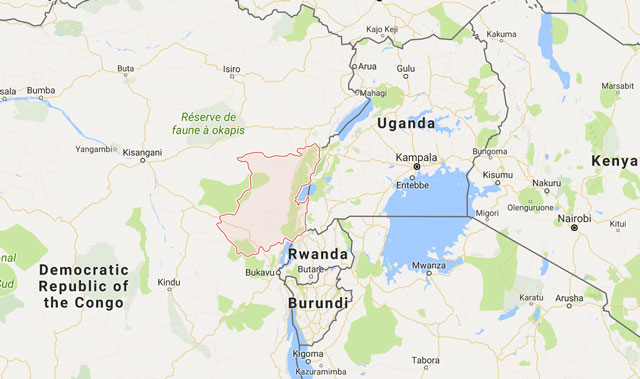
– Africa’s ‘Great War’ –
In the first war, Rwandan strongman Paul Kagame, a Tutsi, backed a campaign by rebel Laurent-Desire Kabila to overthrow dictator Mobutu, who was ousted in 1997.
Kagame’s forces entered the country to settle scores with Hutus who had taken part in the genocide.
But the hundreds of thousands of civilian refugees there were the main victims.
Once in power, Kabila turned against his Rwandan and Ugandan allies, expelling their forces — and the second Congo war erupted.
It drew in nine African countries and more than two dozen armed groups, by some estimates causing more than five million deaths from violence, disease and starvation.
Some historians have dubbed the conflict “the Great War of Africa”.
– Militants and massacres –
Fighting in Kivu continues today at a lower intensity, with sexual and ethnic violence on the rise in a situation described by the UNHCR as anarchy.
According to the Congo Research Group, a study project at New York University, 134 armed groups are active across both provinces.
One is the Allied Democratic Forces (ADF), a group of rebels dominated by hardline Ugandan Muslims, accused of massacres around the North Kivu’s regional hub Beni.
The region has also been hit by Ebola, with attacks by armed opposition groups interfering with the work of World Health Organization there.
In the most recent Ebola outbreak, the 10th in DRC’s history, at least 100 people have died since August 1 in the eastern part of North Kivu, the agency says.
– ‘Blood minerals’ –
Many of the militias rival each other to exploit and traffic Kivu’s rich mineral resources, so-called “blood minerals”.
These include gold, coltan and cassiterite which are particularly coveted by the telecommunications industry.
The Kivus also have rich agricultural and forestry resources.
 The Independent Uganda: You get the Truth we Pay the Price
The Independent Uganda: You get the Truth we Pay the Price

